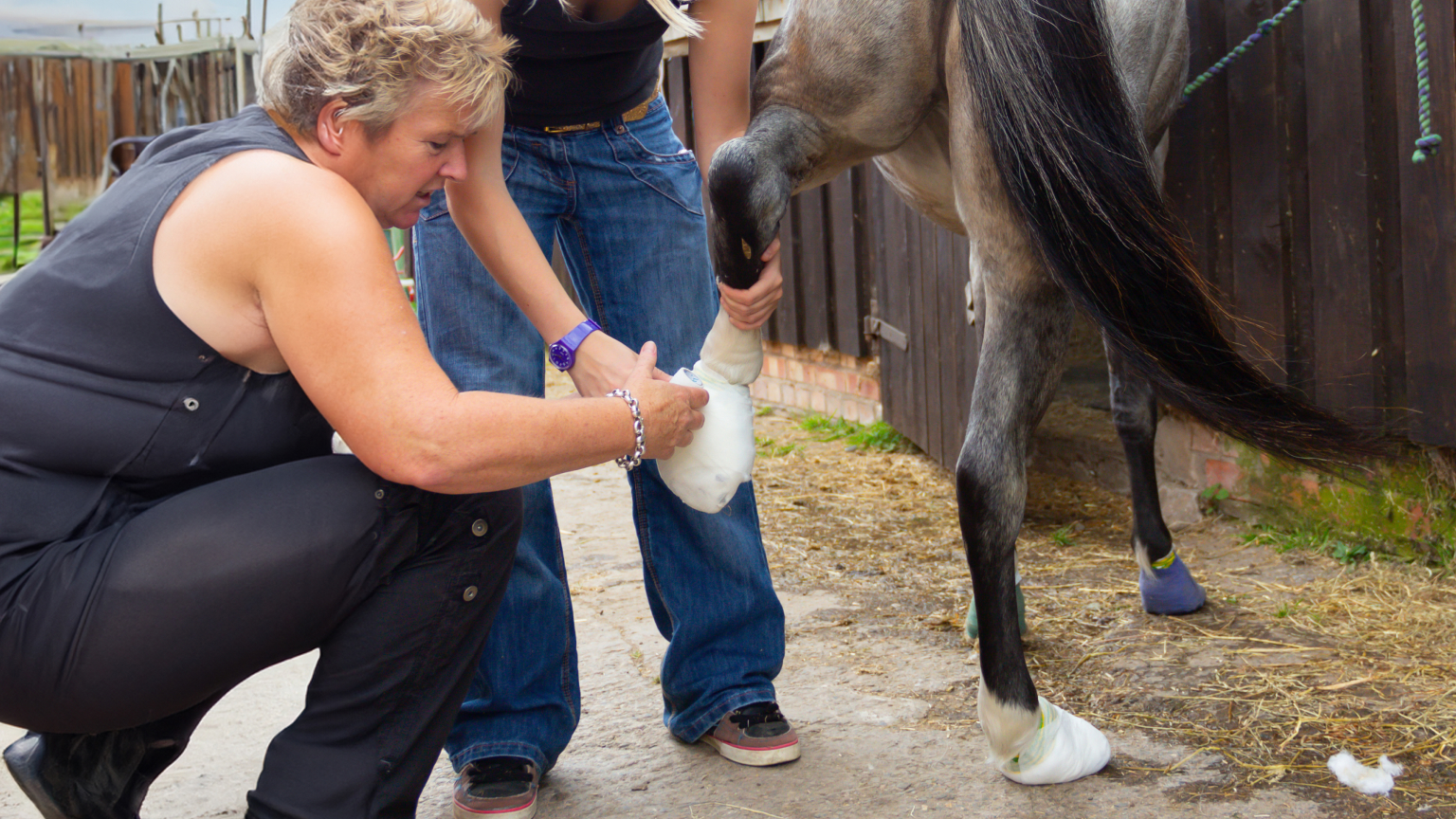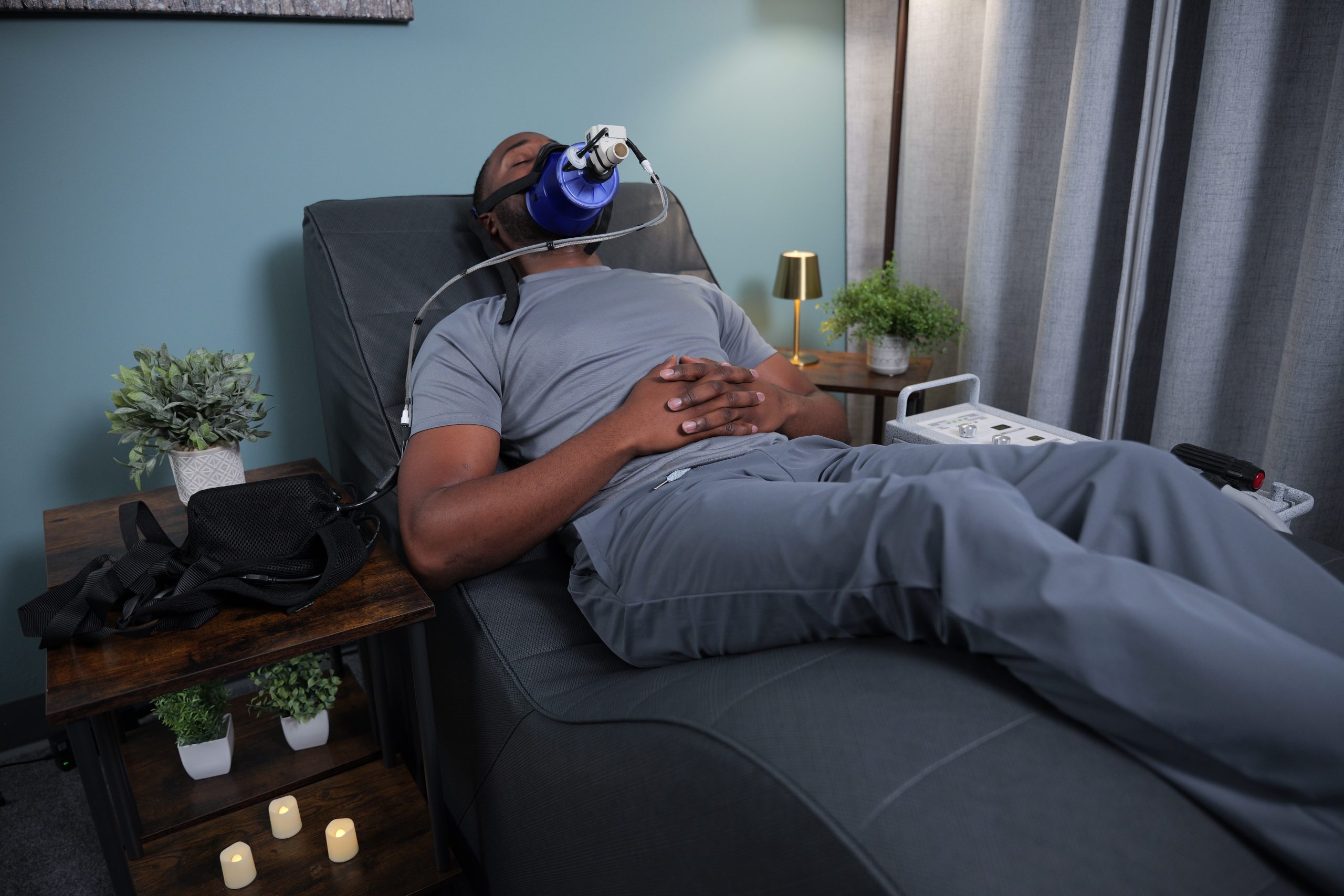Hoof abscesses are a common equine ailment that can cause significant pain and discomfort for your horse. These painful infections occur within the hoof wall and can be caused by various factors, including punctures, bacterial infections, or poor hoof care. Prompt diagnosis and treatment are essential to prevent complications and promote a speedy recovery.
In this article, we will explore the common causes, symptoms, and treatment options for hoof abscesses. We’ll also provide tips on how to care for your horse during the healing process and prevent future occurrences.
Understanding Hoof Abscesses
What Are Hoof Abscesses?
A hoof abscess is a localized infection that develops within the hoof wall of a horse. The infection can cause significant pain and lameness, making it difficult for the horse to walk or bear weight on the affected foot.
Common signs and symptoms of a hoof abscess include:
- Severe lameness
- Heat and swelling in the affected area
- Sensitivity to hoof testers
- A visible point of discharge or pus
Causes of Hoof Abscesses
Several factors can contribute to the development of a hoof abscess:
Environmental Factors:
- Muddy conditions can lead to bacteria entering the hoof.
- Hard ground can cause bruising and damage to the sole.
- Rapid transitions between wet and dry conditions can weaken the hoof wall.
Structural Factors:
- Cracks in the hoof wall or sole can provide entry points for bacteria.
- Poor hoof care, such as improper trimming or shoeing, can increase the risk of infection.
Foreign Objects:
- Nails or stones can penetrate the hoof and cause infection.
Diagnosing a Hoof Abscess
Diagnosing a hoof abscess typically involves a thorough physical examination by a veterinarian. They will examine the affected hoof for signs of heat, swelling, and sensitivity. Hoof testers may be used to pinpoint the location of the abscess. In some cases, radiographs or ultrasound imaging may be necessary to confirm the diagnosis and assess the extent of the infection.
Treatment Options for Hoof Abscesses
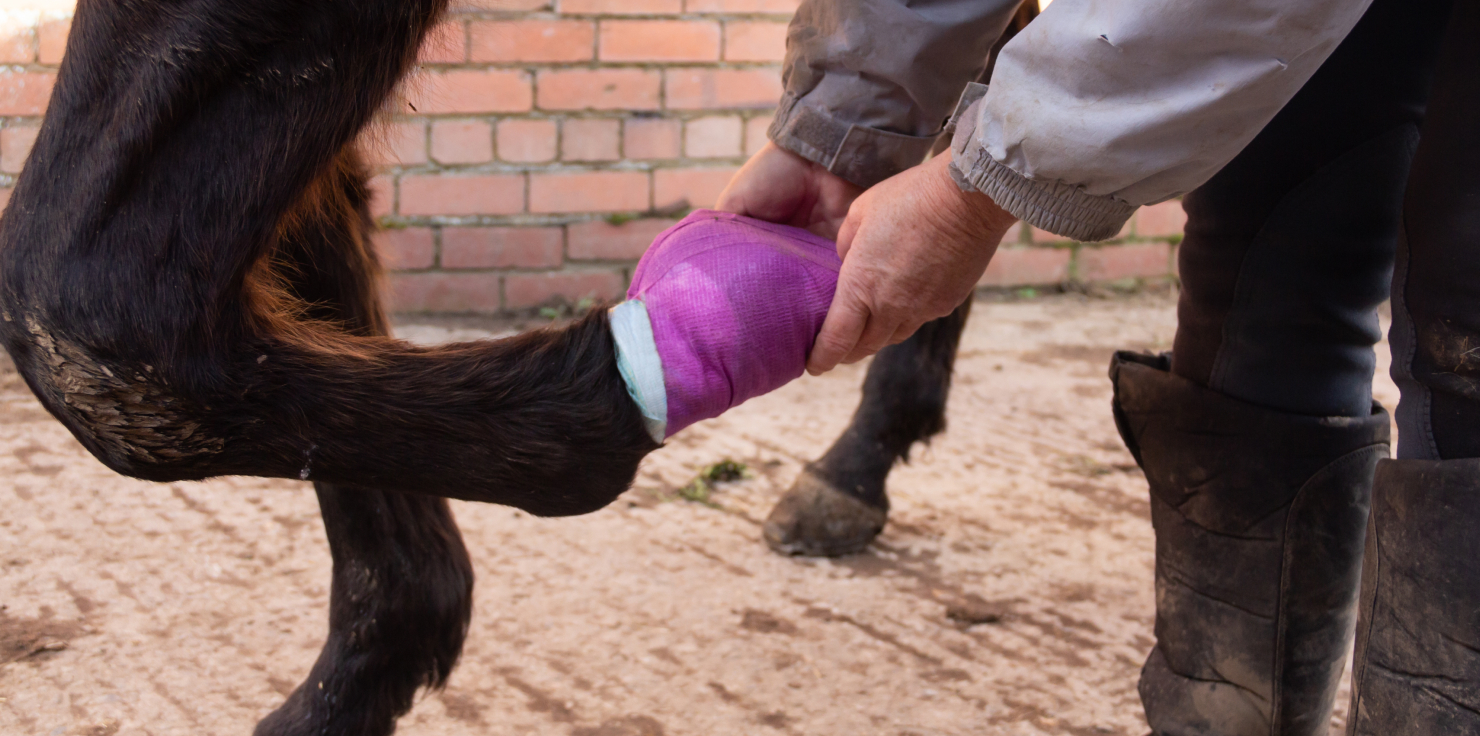
Draining the Abscess
One of the primary methods for treating a hoof abscess is to drain it. This involves making a small incision in the hoof wall to allow the pus to drain. A farrier or veterinarian can perform this procedure under sterile conditions.
Soaking and Poulticing
Soaking the affected foot in a warm Epsom salt solution can help soften the hoof and promote drainage. Additionally, applying poultices to the hoof can help draw out infection and reduce inflammation. There are various types of poultices, including clay-based poultices and medicated wraps.
Antibiotics and Pain Management
In some cases, systemic antibiotics may be necessary to treat a severe infection. The veterinarian will prescribe the appropriate antibiotic based on the severity of the infection and the sensitivity of the bacteria.
To manage pain and inflammation, anti-inflammatory medications may be administered. These medications can help reduce discomfort and promote healing.
Maintaining a Clean Environment
Keeping the affected hoof clean and dry is crucial for preventing further infection and promoting healing. Choose bedding materials that are absorbent and low in dust, such as shavings or straw. Regular cleaning of the stall and frequent hoof pickings can help maintain a clean environment.
Recovery and Prevention
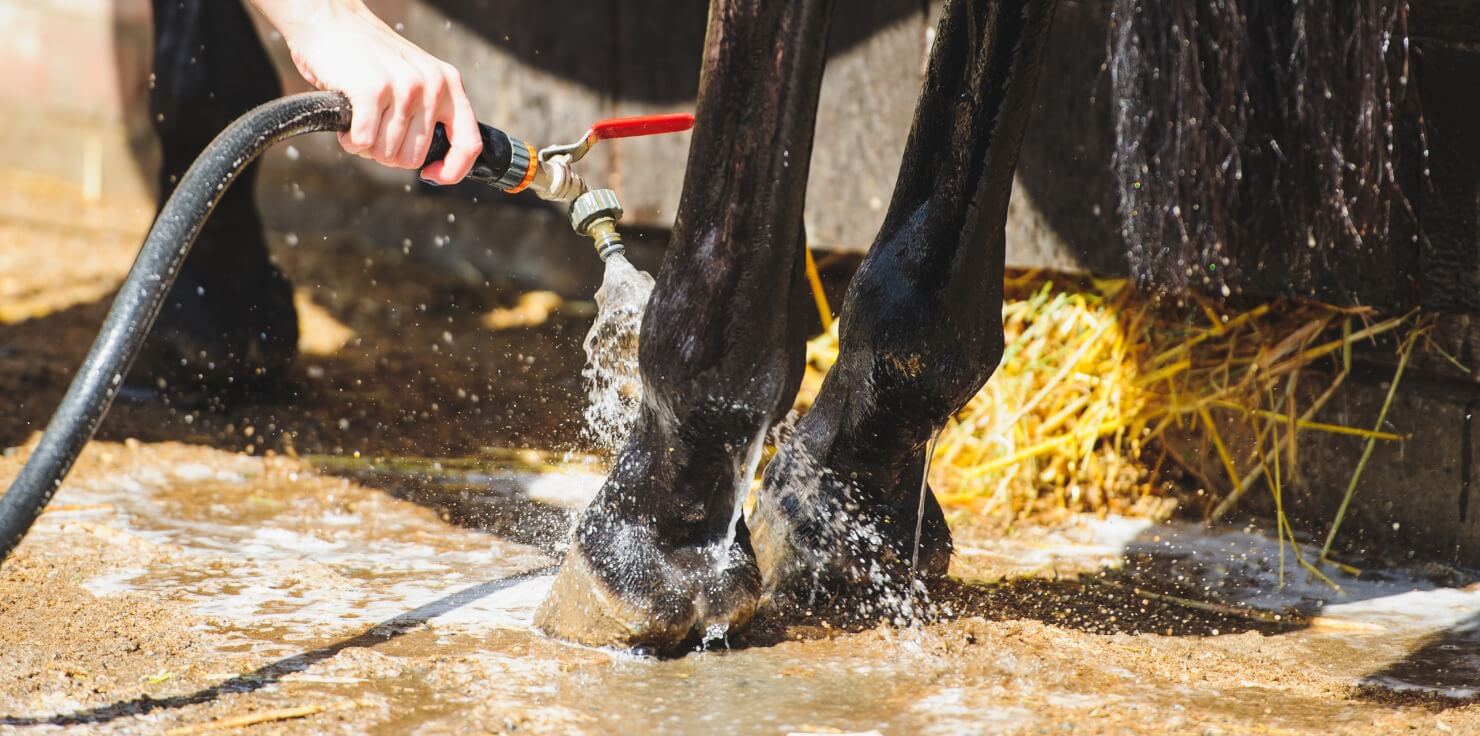
Post-Treatment Care
Once the abscess has been drained and treated, it’s important to monitor your horse closely for any signs of recurrence or complications. Gradually return your horse to normal activity levels, starting with gentle exercise and increasing the intensity as the hoof heals.
Strengthening Hoof Health And Preventing Future Abscesses
To help prevent future abscesses, consider the following:
- Nutrition: A balanced diet rich in essential vitamins and minerals can support hoof health. Biotin, zinc, and other supplements can be beneficial.
- Regular Farrier Care: Regular hoof trimming and shoeing can help maintain proper hoof balance and reduce the risk of injury.
- Maintain a Clean Environment: Keep the stable clean and dry to reduce exposure to bacteria and fungi.
- Proper Hoof Care: Regularly inspect your horse’s hooves for any signs of injury or infection.
- Prompt Treatment: If you notice any signs of a hoof abscess, consult your veterinarian immediately.
- Avoid Wet Conditions: If possible, avoid turning your horse out in muddy conditions, as this can increase the risk of infection.
By following these guidelines, you can help your horse recover from a hoof abscess and prevent future occurrences.
Complementary Approaches to Recovery
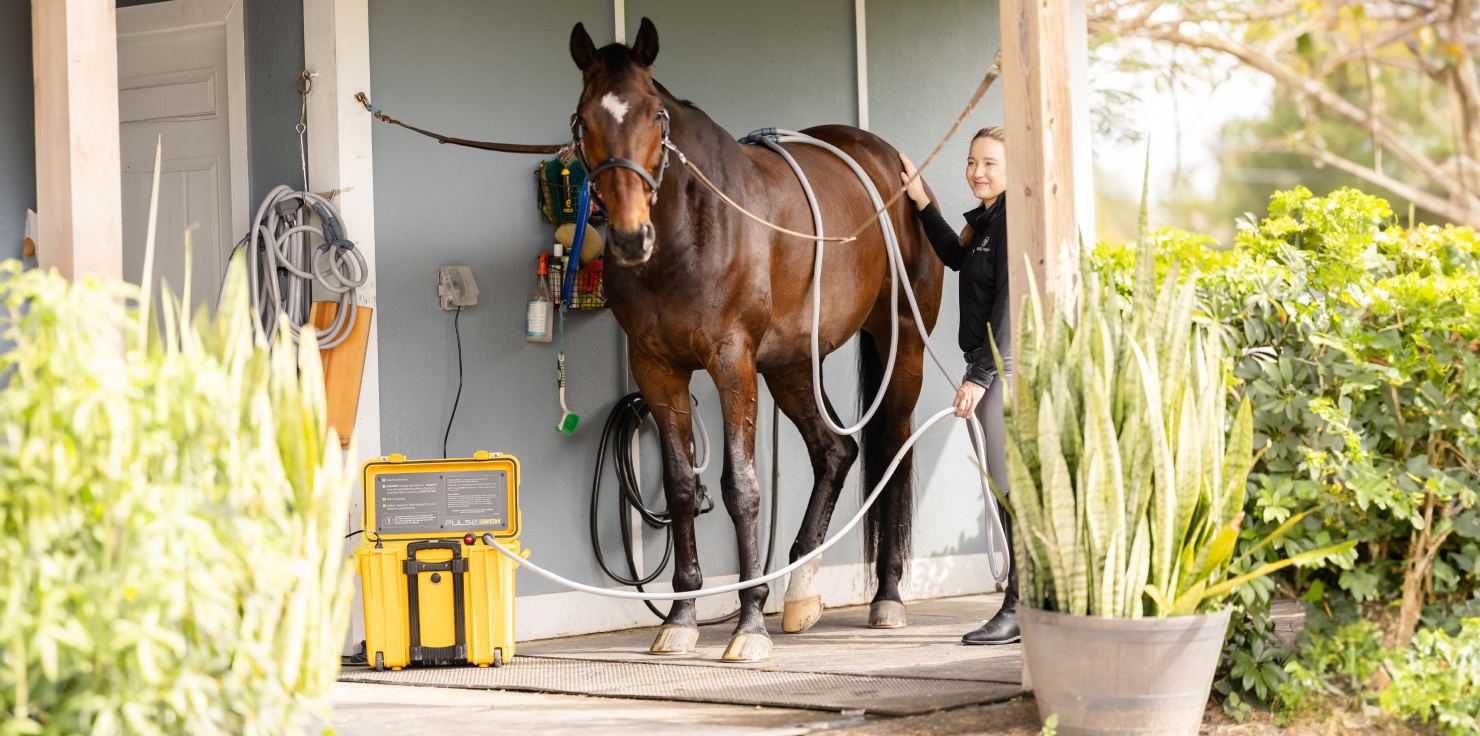
Alternative Therapies for Healing Support
In addition to traditional veterinary care, there are several complementary therapies that can support your horse’s overall recovery, such as cold therapy or herbal remedies.
PEMF therapy has also been shown to be a valuable tool in the recovery process. PEMF utilizes electromagnetic energy to promote optimal cellular function, potentially enhancing your horse’s natural self-healing abilities.
Learn more about the powerful benefits of PEMF for horses here.
Remember, it’s important to consult with a veterinarian before beginning any new therapy or treatment option for your horse.
Conclusion
Early detection and prompt treatment are crucial for a successful recovery from a hoof abscess. By following the recommended plan from your veterinarian and providing proper aftercare, you can help your horse heal quickly and minimize discomfort.
In addition to traditional veterinary care, complementary therapies like PEMF therapy may offer additional support for the recovery process. By understanding the causes and prevention strategies for hoof abscesses, you can help keep your horse healthy and happy!
Remember, if you have any concerns about your horse’s hoof health, consult with your veterinarian or farrier for expert advice and guidance.

